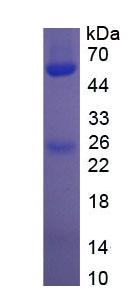IVD of Serology

🧪 IgG-02H
Source: HEK293
Species: Human
Tag: Non
Conjugation:
Protein Length:
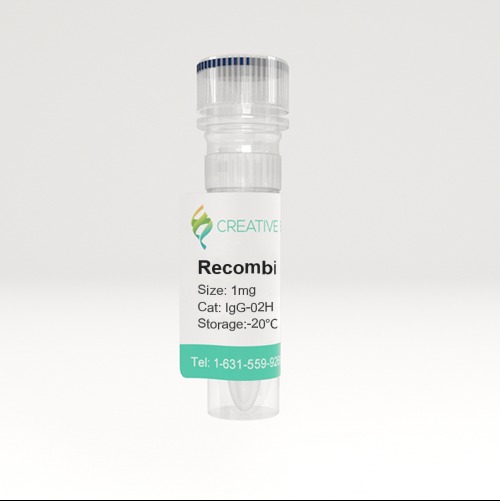
🧪 IgA-7431M
Source:
Species: Mouse
Tag: Non
Conjugation:
Protein Length:
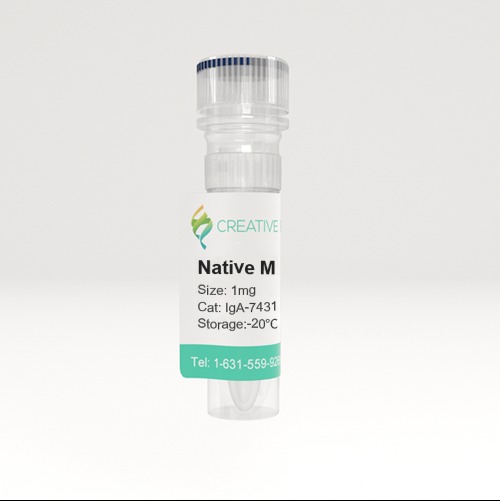
🧪 IgA-130H
Source: Human Serum
Species: Human
Tag: Non
Conjugation:
Protein Length: Full length native Human IgA
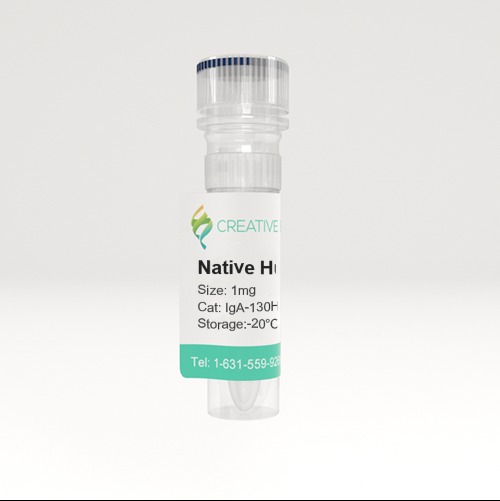
🧪 IgA-3446H
Source: E.coli
Species: Human
Tag: His
Conjugation:
Protein Length: 4-353 aa

🧪 IgE-507H
Source: Human Blood
Species: Human
Tag: Non
Conjugation:
Protein Length:
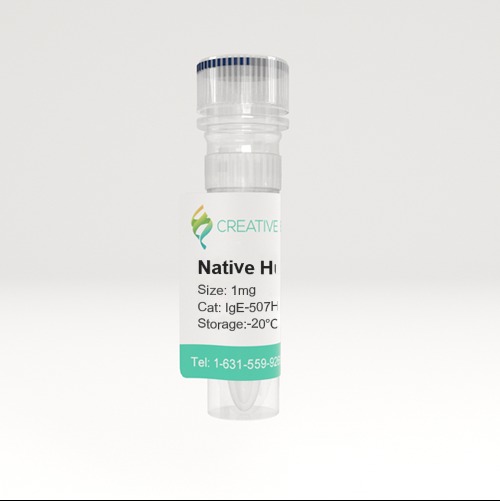
🧪 IgE-909C
Source: HEK293
Species: Cynomolgus
Tag: Avi&His
Conjugation:
Protein Length: Lys208-Lys429
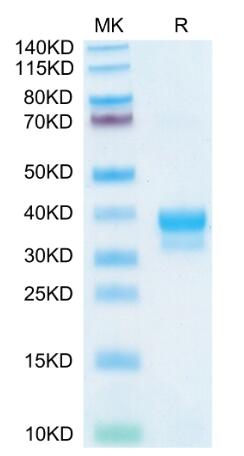
Serology is a scientific study that focuses on the examination of serum, the clear fluid portion of blood that remains after clotting. It plays a crucial role in diagnosing diseases by evaluating the presence or concentration of specific antibodies or antigens within the serum. It plays an important role in clinical diagnosis, research and public health as a means to diagnose infection, vaccine safety, immune responses and autoimmune disease.
What is Serology?
At its core, serology primarily deals with the identification and quantification of antibodies and antigens found in blood serum. Antibodies are specialized proteins produced by the immune system in response to foreign substances known as antigens, which can include pathogens like bacteria, viruses, fungi, and parasites, as well as allergens. Understanding these interactions is crucial to the development of immunological and diagnostic techniques.

Functions of Serology
Diagnosis of Infectious Diseases: Serology is extremely useful for diagnosing infections. It allows us to tell whether a person has come into contact with any specific pathogen.
Blood Typing: Determining blood group antigens is a significant serological procedure in blood transfusions and organ transplants.
Quantifying Immune Responses: Helps in understanding the body's reaction to infection or vaccine.
Detecting Autoimmune Conditions: Detects the presence of autoantibodies that attack the body's own tissue, diagnosing autoimmune disease.
Monitoring Disease Progression and Treatment: Evaluates the disease state and effectiveness of treatments.
Epidemiological Studies: Measures the dissemination and impact of infectious disease across populations.
What Are Serology Tests?
Serology tests are diagnostic examinations that analyze blood serum for antibodies or antigens. These tests are fundamental tools for detecting infections and understanding immune responses. They are not limited to identifying pathogens but also to measure immunity and suitability for transplants such as organ transplants.
Examples of Serological Tests
Enzyme-Linked Immunosorbent Assay (ELISA): This is a common test that uses enzymes associated with antibodies or antigens to identify and measure the concentration of certain proteins like hormones, peptides, or antibodies. ELISA is also used to test for HIV, hepatitis, and other infections.
Rapid Plasma Reagin (RPR) Test: To identify syphilis by recognizing nonspecific antibodies that the body makes as it combats the infection.
Western Blot Analysis: Following a positive ELISA test for Lyme or HIV, the Western Blot adds more specificity by identifying particular proteins.
Radioimmunoassay (RIA): Employs radiolabelled molecules in a step that's equivalent to ELISA but involves radioactivity and is used to detect trace amounts of antigens or hormones.
Immunofluorescence Assays (IFA): Usually used to diagnose viral infections such as cytomegalovirus and herpes, IFA utilizes fluorescent antibodies to see interactions.
Viral Neutralization Tests: Test antibodies' potential to block the infectivity of viruses, important to evaluate viral infection and vaccine effectiveness.
Interpretation of Serology Test Results
Negative Serology Result: Usually indicates that the individual has not been exposed to the specific antigen (infection) tested for, or it's too early for antibodies to develop (the window period).
Positive Serology Result: Indicates the presence of an infection-specific antibodies or antigens in the serum. This could mean a current or past infection, or successful immunization.
The interpretation can be complex, and can depend enormously on the illness, the type of antibodies detected, and the individual's health and immunization history. Factors like cross-reactivity with other pathogens, immunosuppression, recent vaccinations, or autoimmune diseases might influence diagnostic accuracy.
Normal Results for Serology
Normal or negative results suggest that no antibodies or antigens were detected for the specific pathogens being tested. Yet in some tests, such as vaccination immunity tests, antibodies might be normal and desirable. For instance, for a hepatitis B antibody test, antibodies in the blood after vaccination is normal and a sign of good immunization.
What Does Serology Positive Mean?
A positive serology result means that antibodies specific to an antigen or markers of the antigen itself have been detected. It can mean different things in different situations.
Acute or Chronic Infection: A current or ongoing infection caused by a virus, bacterium, or other pathogens.
Past Infection: Indicates previous exposure to the pathogen, with antibody levels remaining detectable due to past infection.
Vaccination: Reflects a response to vaccination, indicating immunity to specific infections.
False Positives: In some cases, serology tests have false positives, which may require confirmatory testing because of cross-reactivity or a laboratory error.
Presence of Autoantibodies: May indicate autoimmune disease, where the immune system mistakenly attacks the own cells.
Interpreting serology test results must consider clinical context, patient history, and the purpose of the test. It's important to proceed with further testing or clinical correlation to confirm diagnosis and treatment.
Challenges in Serology
While serology tests are powerful diagnostic tools, they come with limitations:
Window Periods: The delay between infection and antibody production leads to false-negative results.
Cross-Reaction: Antibodies may react with non-target antigens, causing false positives.
Immune Status Variables: Immunosuppressed patients may not develop detectable antibodies.
Advances and Innovations in Serology
- Automated Platforms: High-throughput systems for large-scale testing.
- Point-of-Care Testing: Portable serological tests increase accessibility and convenience.
- Multiplex Assays: Allow simultaneous testing for multiple antigens or antibodies, enhancing diagnostic efficiency.
- Next-Generation Sequencing: Provides deep insights into pathogen-antibody interactions and immune repertoires.
Case Study
Case 1: Prazuck T, Colin M, Giachè S, Gubavu C, Seve A, Rzepecki V, Chevereau-Choquet M, Kiani C, Rodot V, Lionnet E, Courtellemont L, Guinard J, Pialoux G, Hocqueloux L. Evaluation of performance of two SARS-CoV-2 Rapid IgM-IgG combined antibody tests on capillary whole blood samples from the fingertip. PLoS One. 2020 Sep 17;15(9):e0237694. doi: 10.1371/journal.pone.0237694. PMID: 32941461; PMCID: PMC7498027.
In response to the growing COVID-19 pandemic, point-of-care (POC) tests have been developed to detect specific antibodies, IgG and IgM, to SARS-CoV-2 virus in human whole blood. The authors conducted a prospective observational study to evaluate the performance of two POC tests, COVID-PRESTO® and COVID-DUO®, compared to the gold standard, RT-PCR.
 Fig2. Fig 4. Patients with a positive COVID-PRESTO® test: Distribution of IgM+ and IgG+ patterns.
Fig2. Fig 4. Patients with a positive COVID-PRESTO® test: Distribution of IgM+ and IgG+ patterns.Case 2: Moore SM. Challenges of Rabies Serology: Defining Context of Interpretation. Viruses. 2021 Jul 31;13(8):1516. doi: 10.3390/v13081516. PMID: 34452381; PMCID: PMC8402924.
The crucial role rabies virus neutralizing antibody plays in protection is both well established and explanation of why rabies serology is important. Various laboratory methods can and have been used but serum neutralization methods have long been the gold standard due to the ability to measure function (neutralization), however these methods can be difficult to perform for several reasons.
 Fig3. Rabies serology results of human subjects receiving rabies vaccine (PCECV) using the Thai Red Cross regimen, n = 59, the samples were tested by two methods: (a) the individual results of RFFIT testing; (b) the individual results of indirect ELISA testing. Below the graphs are the GMT and range associated with each time point from the initial vaccine administration. RVNA data from Moore, S. et al. Rabies vaccine response measurement is assay dependent. Biologicals 2016, 44, 481–486.
Fig3. Rabies serology results of human subjects receiving rabies vaccine (PCECV) using the Thai Red Cross regimen, n = 59, the samples were tested by two methods: (a) the individual results of RFFIT testing; (b) the individual results of indirect ELISA testing. Below the graphs are the GMT and range associated with each time point from the initial vaccine administration. RVNA data from Moore, S. et al. Rabies vaccine response measurement is assay dependent. Biologicals 2016, 44, 481–486.Case 3: Morgenlander WR, Chia WN, Parra B, Monaco DR, Ragan I, Pardo CA, Bowen R, Zhong D, Norris DE, Ruczinski I, Durbin A, Wang LF, Larman HB, Robinson ML. Precision arbovirus serology with a pan-arbovirus peptidome. Nat Commun. 2024 Jul 11;15(1):5833. doi: 10.1038/s41467-024-49461-0. PMID: 38992033; PMCID: PMC11239951.
Arthropod-borne viruses represent a crucial public health threat. In this study, the authors present a programmable phage display platform, ArboScan that evaluates antibody binding to overlapping peptides that represent the proteomes of 691 human and zoonotic arboviruses.
 Fig4. ArboScan profiles of Zika infected individuals. Acute and convalescent serum was collected from individuals who tested positive for Zika RNA. VARscores from flaviviruses were compared between individuals who had pre-existing flavivirus IgG (prior dengue) and those who did not (no prior dengue) at acute and convalescent time points
Fig4. ArboScan profiles of Zika infected individuals. Acute and convalescent serum was collected from individuals who tested positive for Zika RNA. VARscores from flaviviruses were compared between individuals who had pre-existing flavivirus IgG (prior dengue) and those who did not (no prior dengue) at acute and convalescent time points





